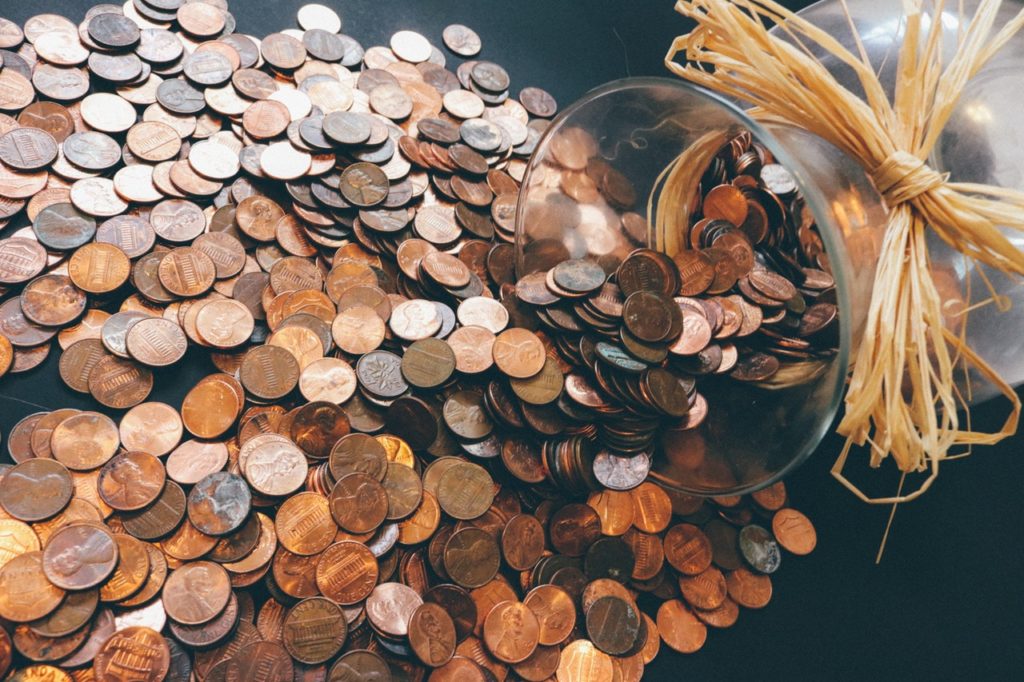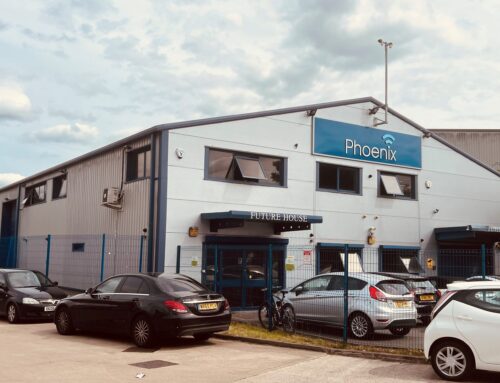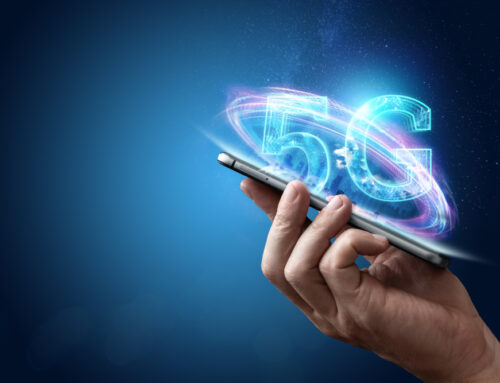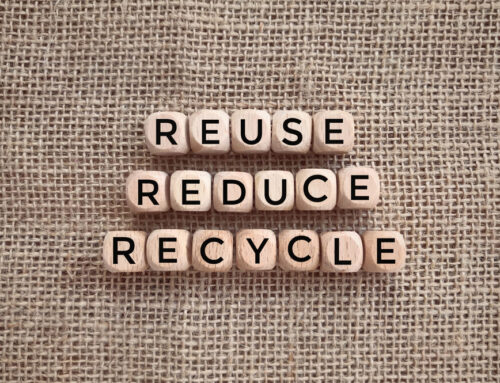 For UK businesses, Value-Added Tax (VAT) is often viewed as one of the more complex of all tax liabilities. This is because, in effect, VAT-registered businesses collect VAT on the sale of eligible goods and services on behalf of the tax authorities (HMRC) by charging the extra to the company, and then pay what is collected back via their own tax bill.
For UK businesses, Value-Added Tax (VAT) is often viewed as one of the more complex of all tax liabilities. This is because, in effect, VAT-registered businesses collect VAT on the sale of eligible goods and services on behalf of the tax authorities (HMRC) by charging the extra to the company, and then pay what is collected back via their own tax bill.
The careful accounting this requires is exacerbated by a whole range of exemptions, reduced rates and special conditions. But for businesses that sell used mobile phones (and other used products), there is good news – one of these special circumstances, known as the VAT Margin Scheme, reduces the amount of tax you have to pay back on devices you sell.
For ordinary retailers selling everyday VAT-eligible items, standard VAT works like this:
- Each item has a retail price before VAT is added.
- Whatever this retail price is, VAT is added on top at the standard rate – currently 20%.
- This gives the final VAT-inclusive total the customer has to pay. So if an item had a retail price of £100, the customer would actually pay £120.
- The retailer is then eligible to pay back this £20 tax it has collected to HMRC. However, this is complicated by the fact that businesses can offset this ‘output tax’ with their ‘input tax’, i.e. however much VAT they have paid on goods and services bought from suppliers.
All of this only applies once a business reaches the VAT turnover threshold, currently £85,000. If a small business takes less than this in a tax year, it does not have to register for VAT and therefore does not have to charge it on the goods and services it sells.
Now onto the VAT Margin Scheme for second-hand goods. If you are a VAT-registered business that sells any kind of pre-owned goods – used phones, second-hand furniture, books, records and so on – you are allowed to calculate VAT in a different way. The key differences are:
- Marginal VAT is calculated on the difference between what you bought the second-hand item for and what you sold it for – your margin – NOT the full resale price.
- Marginal VAT is charged at a reduced rate of 16.67%.
Both of these stipulations have the effect of reducing the amount of VAT you add on per item, and therefore the amount of tax you have to pay back to HMRC. It represents a great deal for used phone traders as it does other second-hand retailers. But not surprisingly given the advantages it offers, there are some strict conditions of eligibility. To calculate VAT using the Margin Scheme, the following have to apply:
- You must not take into account any additional costs you have incurred in getting a phone ready for resale, such as reconditioning and repair. Marginal VAT is calculated purely on the difference between what you pay and what your receive for each item.
- You must keep clear and precise records of where you bought each item, what you paid and previous VAT paid.
- All invoices must show VAT-inclusive prices only and all calculations have to be based on VAT-inclusive prices.
- You cannot charge VAT at the marginal rate if you paid VAT at the standard rate when you bought the phone. The Margin Scheme is therefore only available when you either buy second-hand devices from non-VAT registered sources, or from businesses that themselves make use of the Margin Scheme.


